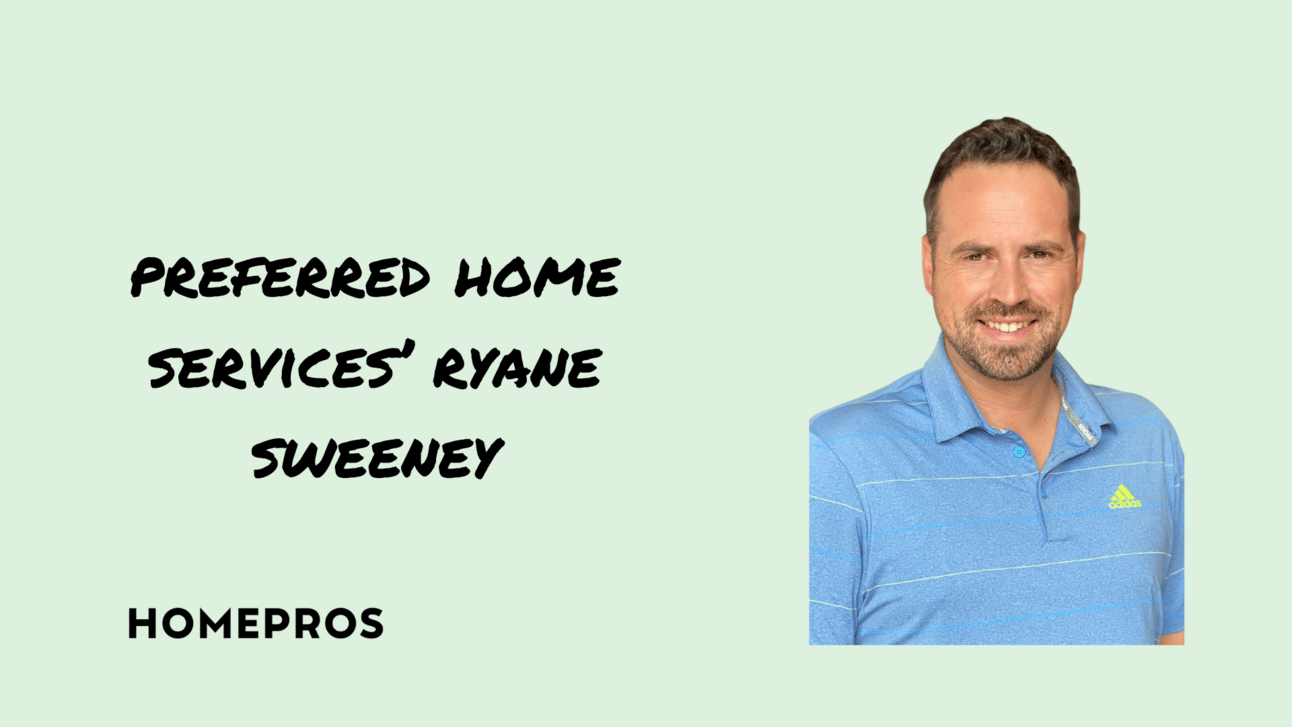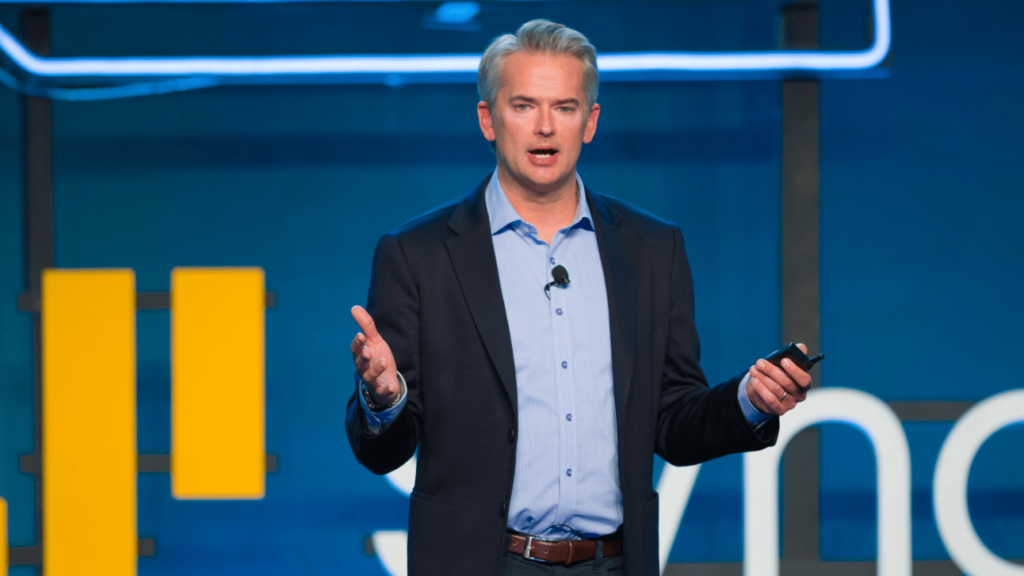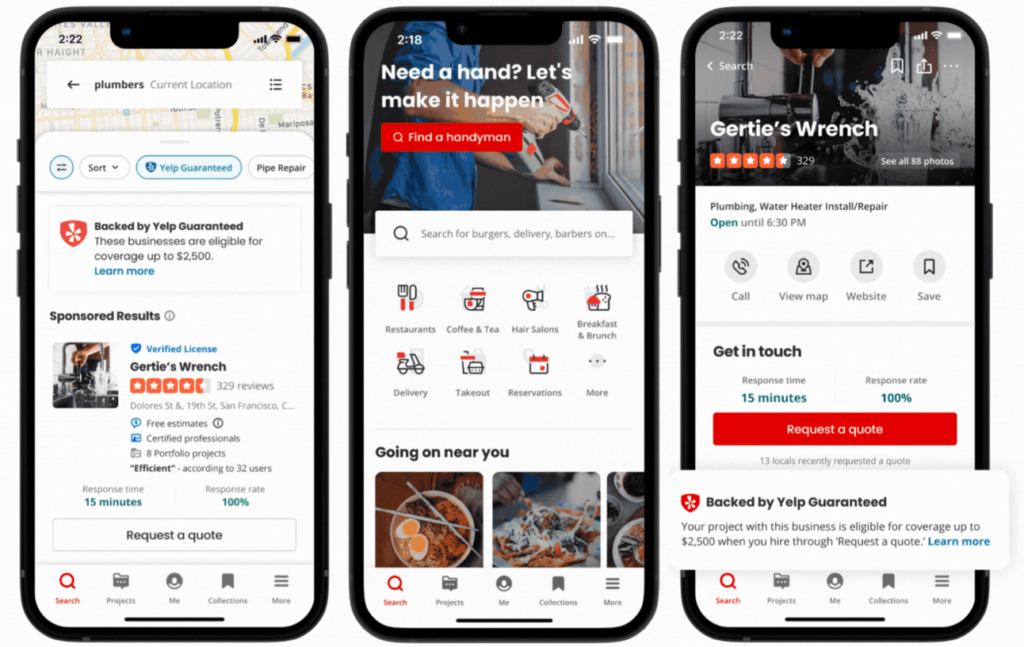HVAC sales strategy with Preferred Home Services’ Ryane Sweeney
Notes on day-to-day meetings, unsold opportunities, and filling sales gaps

❝
I’ll look at scheduled service calls where the customer’s equipment is over eight years old and assign the call accordingly, so we can try to flip them to a comfort consultant the same day.
Ryane Sweeney is the Sales Manager of Preferred Home Services, a South Carolina-based company started by Horizon Services founder Dave Geiger.
We talked about his day-to-day schedule, identifying unsold opportunities, how to fill sales gaps, and more. Our conversation has been edited for clarity.
What’s the story behind Preferred Home Services?
Dave Geiger — who founded Horizon Services and scaled it to hundreds of millions of dollars — opened Preferred with his son and son-in-law. They brought one truck down from up North and started in a garage.
How did you end up as the Sales Manager there?
I always wanted to get into the industry, so I went to an HVAC school in Alabama then moved back home to New Jersey and worked as an installer — I wanted to be in sales but wanted to learn the product first.
Then I became a comfort consultant for eight years, where I had $2 to $4 million years, before asking for a management position. I ended up managing a crew of eight people for four to five years, then moved south to Charleston.
We started with a team of three here, and now we’re up to nine. I’m also a part of the strategy team, working with ownership on ops and decision-making.
What does your day-to-day look like?
It starts at 6:30 — I come in and set the schedule with leads that are pre-booked on the board and set the agenda for our sales lead coordinators. I’m big on aligning the right call with the right tech. In the mornings, we’ll go through big, unsold opportunities that we need to get back on the books.
Then I have a “level 10 meeting” with our ops manager where we figure out what we need to do to win the day, the week, and then the month. In the afternoons, I’ll do ride-a-longs with comfort consultants, and throughout the day, I’m on the phone with our team helping to close sales.
I leave around 5 o'clock, but I’ll continue to do phone call closes up until 8:30 every day. And Monday through Friday, I do 1-on-1s with each salesperson.
Can you give me some insight into the company’s sales strategy?
We look at aged opportunities. I’ll look at scheduled service calls where the customer’s equipment is over eight years old and assign the call accordingly, so we can try to flip them to a comfort consultant the same day.
And I’ll look at unsold opportunities from the previous day. We can see how many times a customer looked at a proposal in our software, for example, so I’ll call them up and say, “You guys spoke to Brett and seemed interested in option two.” If I can’t convert them, I’ll send them to our inside sales team to stay on top of daily.
Then if we have a gap between our weekly goal and what’s pre-sold for the rest of the week, we’ll get creative to fill it.
How, specifically, do you fill that gap?
We’ll send emails and run a promotion for that week only, bump the techs’ incentives up for same-day flips, tell our sales team they can take $500 off any install, and leverage our other departments (plumbing and electric) — we’ll throw in a free water heater with an install, for example.
What does your org chart look like?
We have nine comfort consultants, two sales lead coordinators, and two inside sales reps under me.
What are some of the big challenges you guys face?
Although it helps that we have other trades because we’re all-encompassing, retaining existing customers is a challenge because people price shop. Lead volume is a challenge — trying to get new clients in the door. I think part of the struggle is that people had free money over the past few years and now they have debt problems. There’s money out there, but people are afraid to spend it because they’re paying other things off.
And finding good workers. We get people in for an interview, we want to hire them, then we call them and they never show up. We don’t have the capacity to run all the calls we have.
What tools do you use to do your job?
I have a few monitors in my office, but my go-to is my iPad. I can take it with me and access everything from the field.
Thoughts on the industry’s future?
It’s exciting. From AI to refrigerant changes — it keeps the industry going and doesn’t allow it to sit stagnant. I like the evolving business. And you have to work together, within companies, to figure out how to make [new] stuff work and grow each other.
Outside of work, what are you doing?
I’m an avid golfer, I love to golf. I like to fish (saltwater) and hunt. I quickly realized the best boat to have is somebody else’s. I spend a lot of time with coworkers outside of work — with families and doing company events. We’re very big on “work is work”, but they need to have their time as well.
Any daily habits or routines that you can’t give up?
I do a five-five-twenty routine as my morning journal. I write down five things I’m grateful for, five things I need to do to win the day, and then do twenty reps of something — a workout or minutes of listening to a book or podcast.
It just gets me physically and mentally prepared.
If you could have dinner with anyone in history, who would it be?
Zig Ziglar.
📬 Get our stories in your inbox
Keep reading
Synchrony to buy Ally Financial’s consumer financing business
January 22, 2024
Home service contractors see advertising returns on Yelp
November 6, 2023
Housing indicators paint mixed picture for 2025 HVAC demand
U.S. existing home sales, a leading indicator of replacement demand, have stabilized, but mortgage rates remain elevated


